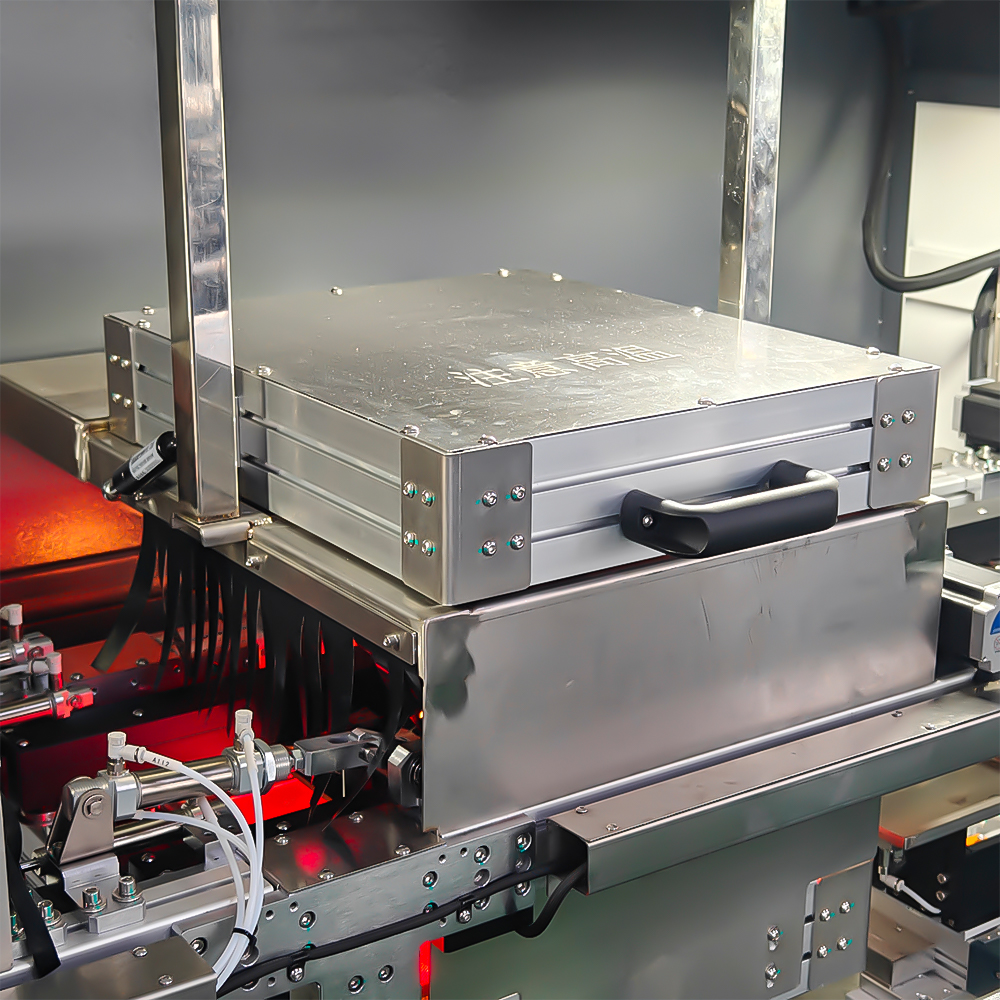- HomeProducts
-

 Home / News / Industry Trends / Best Practices for Operating a Selective Wave Soldering Machine Efficiently
Home / News / Industry Trends / Best Practices for Operating a Selective Wave Soldering Machine EfficientlyBest Practices for Operating a Selective Wave Soldering Machine Efficiently
Views: 0 Author: Site Editor Publish Time: 2025-06-12 Origin: Site
Introduction
Operating a selective wave soldering machine efficiently is pivotal in modern electronics manufacturing. This specialized equipment plays a crucial role in PCB soldering processes, especially when dealing with complex assemblies in household electrical appliances soldering. Understanding the best practices not only enhances productivity but also ensures high-quality output in the soldering process.

Understanding Selective Wave Soldering Machines
Selective wave soldering machines are designed to solder specific components on a printed circuit board (PCB) without affecting the entire assembly. Unlike traditional wave soldering, selective soldering targets only the areas that require soldering, minimizing thermal stress on sensitive components. This precision is essential in manufacturing sophisticated household electrical appliances where component density and complexity are increasing.
Key Components and Functions
The machine comprises several critical components, including the fluxing system, preheating zone, solder pot, and conveyor system. The fluxing system applies flux to prepare the PCB surface, ensuring proper solder adhesion. The preheating zone activates the flux and brings the PCB to the optimal temperature. The solder pot contains molten solder, and the conveyor system transports PCBs through the machine.
Best Practices for Efficient Operation
To operate a selective wave soldering machine efficiently, it's essential to focus on machine setup, process parameters, maintenance, and operator training. Implementing these best practices can lead to significant improvements in soldering quality and production throughput.
Optimizing Machine Setup
Proper machine setup is the foundation of efficient operation. Begin by configuring the machine according to the PCB design specifications. Align the solder nozzles accurately to target the solder joints precisely. Utilize fixtures or pallets if necessary to hold PCBs securely during the soldering process.
Adjusting Process Parameters
Fine-tuning process parameters such as flux application rate, preheat temperature, conveyor speed, and solder temperature is crucial. The flux application should be sufficient to prevent solder defects but not excessive to cause residues. Preheating should activate the flux without overheating the PCB. Adjust the conveyor speed to ensure adequate contact time with the solder wave.
Regular Maintenance and Calibration
Routine maintenance ensures the machine operates at peak efficiency. Regularly clean the fluxing system to prevent clogging and uneven application. Check the solder pot for dross formation and remove impurities to maintain solder quality. Calibrate sensors and controls periodically to ensure accurate temperature readings and consistent soldering results.
Operator Training and Skill Development
Skilled operators are vital for efficient machine operation. Provide comprehensive training on machine functions, safety protocols, and troubleshooting procedures. Encourage operators to stay updated with the latest advancements in selective wave soldering technology and techniques.
Quality Control Measures
Implementing stringent quality control measures is essential to detect and rectify defects early in the production process. Utilize automated optical inspection (AOI) systems to examine solder joints for issues such as bridging, insufficient solder, and cold joints.
Process Monitoring and Data Analysis
Leverage process monitoring tools to collect data on machine performance and soldering outcomes. Analyze this data to identify trends, pinpoint issues, and make informed decisions on process improvements. Implement statistical process control (SPC) methods to maintain consistent quality standards.
Continuous Improvement Strategies
Adopt a continuous improvement approach by regularly reviewing processes and implementing enhancements. Engage cross-functional teams to brainstorm solutions for efficiency bottlenecks and quality issues. Keeping abreast of industry developments can provide new insights and techniques to incorporate.
Environmental and Safety Considerations
Environmental sustainability and safety are becoming increasingly important. Use of lead-free solder and fluxes with low volatile organic compounds (VOCs) is encouraged. Additionally, implementing proper ventilation and handling procedures minimizes health risks to operators.
Compliance with Regulations
Ensure that the soldering processes comply with environmental regulations such as RoHS and REACH. Regular audits and documentation help in maintaining compliance and identifying areas for improvement.
 Technological Integration and Automation
Technological Integration and AutomationIntegrating the selective wave soldering machine with other automated systems can enhance efficiency. Automation reduces manual intervention, thereby minimizing errors and increasing throughput.
Smart Manufacturing Practices
Embrace smart manufacturing by incorporating IoT devices and sensors. Real-time monitoring of machine parameters enables quick responses to anomalies, preventing defects before they occur.
Conclusion
Efficient operation of a selective wave soldering machine is a multifaceted endeavor that requires attention to detail, continuous learning, and embracing technological advancements. By implementing the best practices outlined, manufacturers can achieve superior quality in household electrical appliances soldering and maintain a competitive edge in the industry.
Dongguan Sundarc Automation Technology Co., Ltd. (Shenzhen Sundarc Electronic Equipment Co., Ltd.) was founded in 2010, is a collection of research and development, production and sales as one of the "national high-tech enterprises". Mainly committed to research and development of high-grade selective wave soldering equipment.Quick Links
Contact Us
+86-18029195527 +8618029190631 Located in 4th Floor, Block B, Building 5, Guanghui Wisdom Valley, No,136, Yongjun Road, Dalingshan Town, Dongguan city, Guangdong province.Copyright © 2025 Dongguan Sundarc Automation Technology Co., Ltd. All Rights Reserved. Sitemap















 Technological Integration and Automation
Technological Integration and Automation


